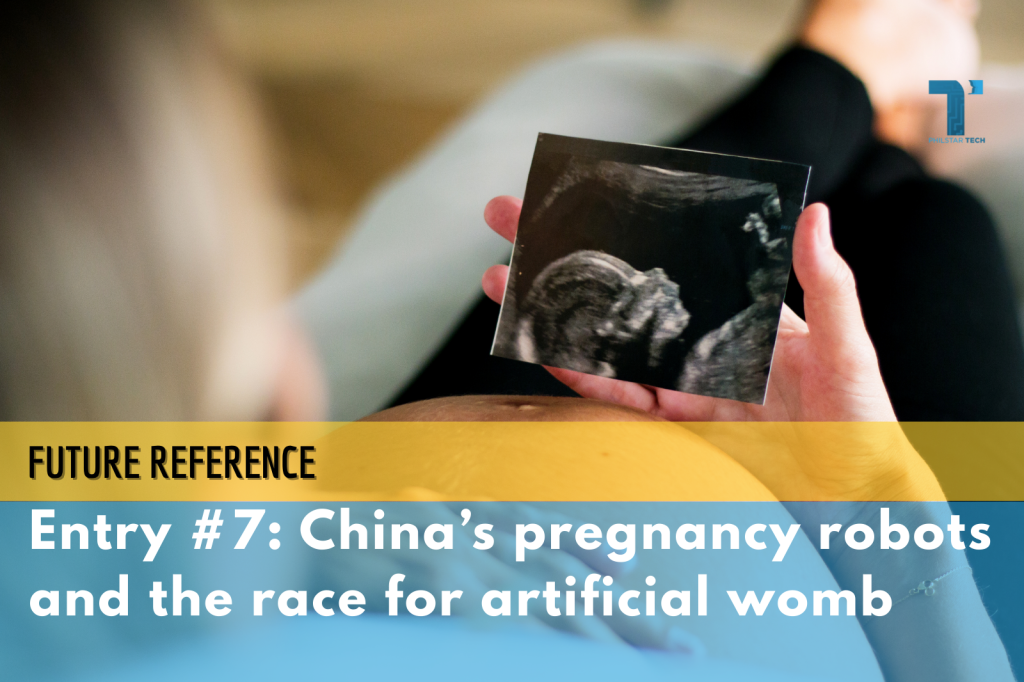Author’s Note: This is Entry #7 in Future Reference, my ongoing series where I look at the technologies that might define tomorrow. This time, we’re looking at a project out of China that sounds straight out of science fiction but has the receipts to prove it’s real.
A womb without women?
At the 2025 World Robot Conference in Beijing, Kaiwa Technology introduced one of its most ambitious projects yet: a humanoid robot designed to house an artificial womb. The concept aims to simulate human pregnancy externally without a biological mother, and could be prototyped by 2026.
The company’s founder, Dr. Zhang Qifeng, explained that the system would allow a fertilized embryo to develop inside the machine, nourished through a tube connected to a nutrient supply. The setup resembles an incubator more than a sci-fi android “getting pregnant,” despite how some headlines have pitched it.
What the robot actually does
Instead of replacing pregnancy in a biological sense, the robot functions as a gestational surrogate system. It monitors and maintains the right environment for fetal development:
- Nutrient delivery through an abdominal hose
- Constant monitoring of fetal growth via sensors
- Automated adjustments to temperature, oxygen, and hormone levels
According to reports, the cost per “birth” could run around ₹12 lakh (USD 14,000).
Why build this?
The project is positioned as a possible solution for infertile couples and those unable to carry a pregnancy. It also feeds into China’s larger demographic challenges, slowing birth rates and an aging population.
While controversial, it’s not entirely new. Artificial womb research has been underway globally for years, with animal trials (such as lambs grown in biobags) showing partial viability. What makes Kaiwa Technology’s project unusual is the humanoid form factor, packaging the tech into something that resembles a caretaker robot.
The skepticism
Despite the flashy debut, scientists and ethicists are cautious:
- Technical maturity: Experts stress this technology is still speculative, with many hurdles before it could safely grow a human child to term.
- Ethical red tape: Who takes legal responsibility for a machine-grown baby? How do we regulate parenthood, safety, or even consent?
- Public perception: Some critics dismiss the announcement as overhyped or premature, questioning how much of the prototype is operational versus conceptual.
Rewriting the future of birth
China’s “pregnancy robot” is not a machine giving birth. It’s an early prototype of an artificial womb system wrapped in humanoid form. Still, the implications are staggering. If proven viable, this could change fertility treatments forever and spark a global debate about the future of human reproduction.
It’s one of those rare moments where science fiction doesn’t just inspire reality. It collides with it.
Sources:


